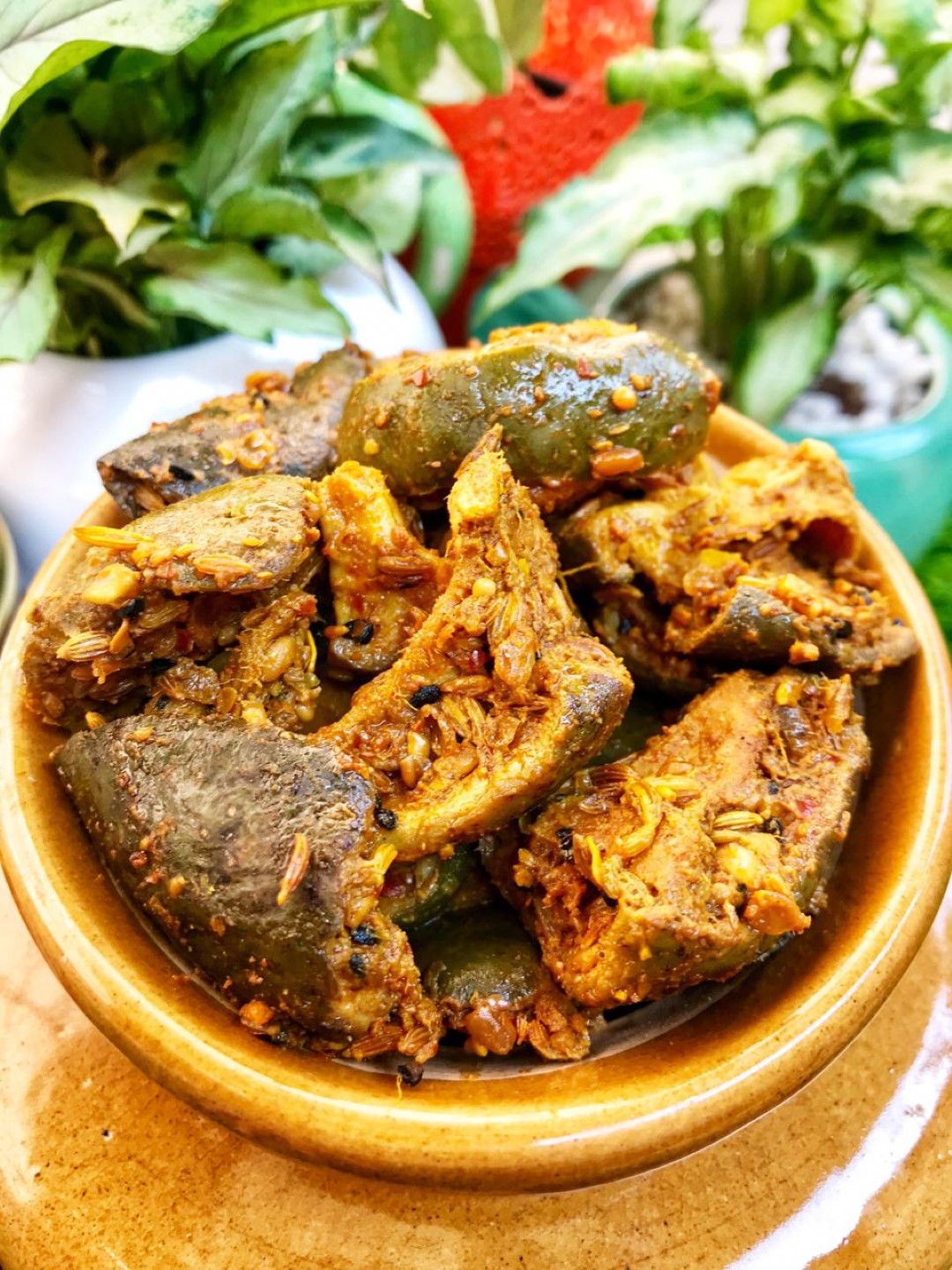
India, a country renowned for its rich cultural and gastronomic diversity, is the undisputed king of mangoes, boasting a treasure trove of over a thousand varieties. The love affair between India and mangoes transcends all forms of this delicious fruit’s consumption, with one standout delicacy being the Indian Mango Pickle or Aam Ka Achar.
But, with so many mango types to choose from, how does one select the best for their Aam Ka Achar? Fear not, for this blog post will guide you through the prime mango varieties to ensure your pickle is packed with an authentic burst of flavors.
- Rajapuri Mangoes:
Hailing from the heartland of Gujarat, the Rajapuri mango is a pickle maker’s delight. Its sizeable proportions, minimal fiber content, and intrinsic tartness make it a popular choice for pickle-making. Rajapuri’s distinctive tang enhances the sharp, spicy flavors of traditional Indian pickle spices like mustard, fenugreek, and asafoetida (hing).
- Ramkela Mangoes:
This variety, mainly found in the Northern parts of India, is another favorite for Aam Ka Achar. Ramkela mangoes are small in size with a distinctive aroma and have a high pulp to seed ratio, making them an ideal candidate for pickles. These mangoes also have a longer shelf life, contributing to the longevity of your pickle.
- Totapuri Mangoes:
The Totapuri, also known as Ginimoothi or Kili Mooku in the South of India, is renowned for its unique beak-like shape. Its raw form is tangy and crunchy, which lends a wonderful texture and flavor to the pickle. Notably, its firm flesh ensures it can withstand long durations of pickling without losing its structure.
- Kesar Mangoes:
Originating from the lush lands of Gujarat, Kesar mangoes have a distinctive saffron hue when ripe. However, for pickling purposes, the unripe, green Kesar mangoes are chosen. They have a delicate sweetness beneath their tart exterior, adding a complex flavor profile to your Aam Ka Achar.
Now, let’s talk about different types of Aam Ka Achar and how each mango variety contributes to their unique characteristics.
- Avakaya Pachadi: A fiery Andhra-style mango pickle that uses robust red chili powder and mustard seeds, Avakaya Pachadi is typically made with Totapuri mangoes. Their crunchy texture perfectly balances the explosive spices used.
- Punjabi Aam Ka Achar: Known for its liberal use of fennel seeds (saunf) and nigella seeds (kalonji), this version relies on the tangy Ramkela mangoes, which complement the earthy spices beautifully.
- Gujarati Methia Keri: This pickle is flavored primarily with fenugreek seeds and chili powder, and Rajapuri mangoes are the preferred choice. Their natural tartness elevates the bitterness of the fenugreek seeds to a pleasant warmth.
- Bengali Aamer Achar: This variant is a sweet-sour delight and often uses Kesar mangoes for that hint of sweetness that beautifully balances the pungency of the mustard oil and seeds.
Whatever version you try, or if you are looking for recipes and ideas, do join a vibrant community of food lovers to help you out, eatlo.
So, next time you’re gearing up to make some delicious Aam Ka Achar, remember to choose your mangoes wisely. The right variety can elevate your pickle from good to extraordinary, taking you on an exciting culinary journey through the flavors of India. Happy Pickling!









